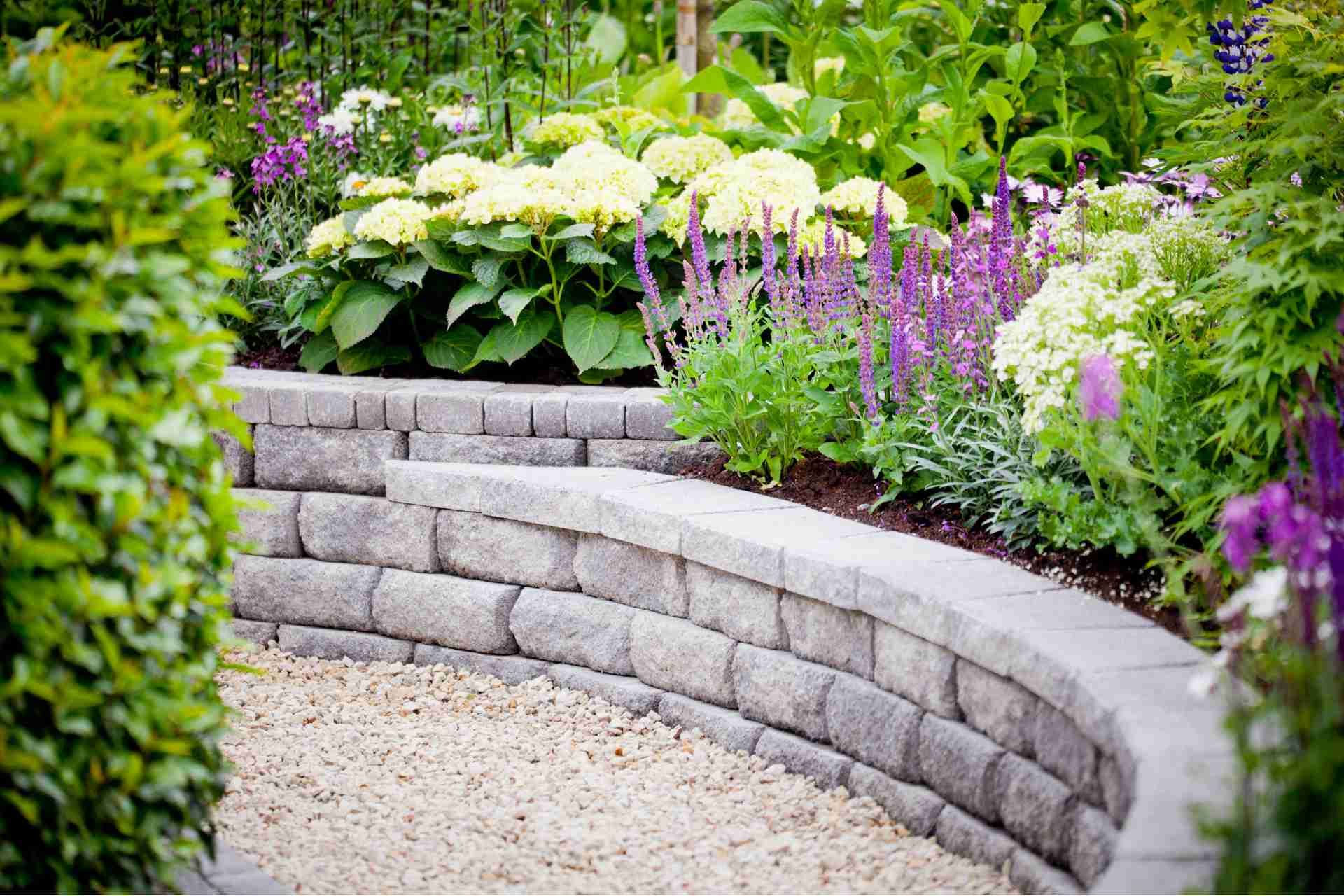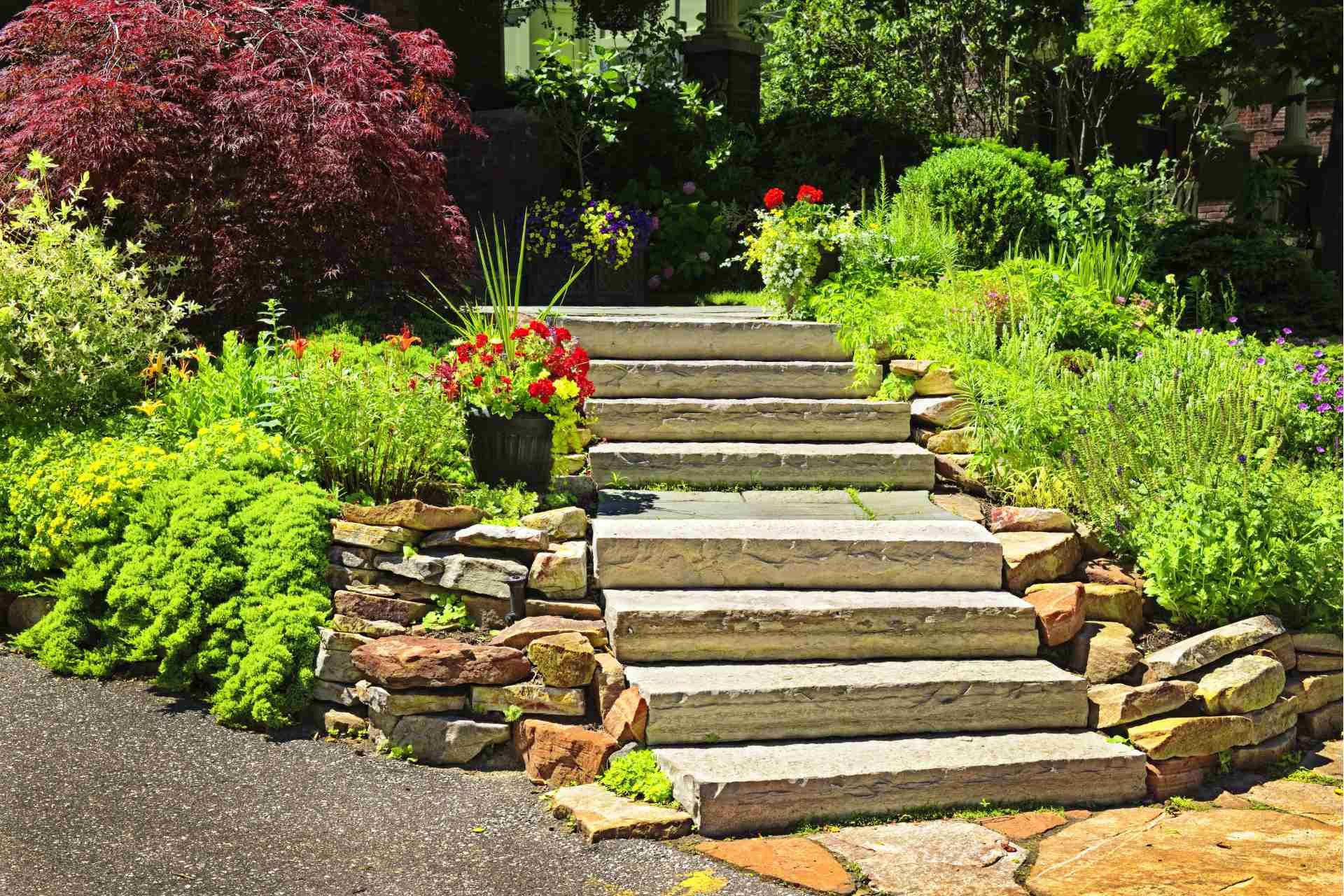When Is Landscaping Season
When it comes to landscaping season, timing is everything. You'll want to pay attention to your local climate zone and seasonal indicators that signal the right moment to start planting. As frost risks fade in spring, the opportunity to sow seeds and transplant seedlings arises. But what about hardscaping projects? Understanding these nuances can significantly impact your landscape's success. Let's explore the best times to enhance your outdoor space.
Understanding Your Climate Zone
When planning your landscaping, understanding your climate zone is crucial. Your climate zone determines which plants will thrive in your yard. By identifying your zone, you can choose species that are well-suited to your local weather conditions, soil, and rainfall. This knowledge helps you avoid planting options that may struggle or fail altogether.
Research your specific climate characteristics, like average temperatures and frost dates, to make informed decisions. For instance, if you live in a cooler zone, opting for hardy perennials will ensure your garden flourishes year after year.
Additionally, consider how microclimates in your yard—areas with different sun exposure or wind patterns—can influence plant selection. Ultimately, understanding your climate zone sets the foundation for successful landscaping.
Seasonal Indicators for Landscaping
You might notice that certain seasonal indicators signal the best times for landscaping activities. As temperatures rise in spring, the soil begins to thaw, and you can feel the warmth; that's your cue to start preparing your garden.
Watch for budding trees and blooming flowers, which indicate that the risk of frost is diminishing.
In summer, longer days mean plenty of sunlight, making it ideal for planting and nurturing your greens.
As fall approaches, leaves changing color signify it's time to tidy up your yard and prepare for winter.
Pay attention to rainfall patterns, too. Consistent rain can help establish new plants, while dry spells may require you to water more frequently.
Timing your landscaping efforts with these indicators ensures success.
Best Time for Planting Flowers and Vegetables
What's the ideal time to plant flowers and vegetables? Generally, spring is your best bet. As the soil warms up and the threat of frost decreases, you can start sowing seeds or transplanting seedlings.
Most flowers thrive when planted after the last frost date, typically around mid-April to early May, depending on your region. For vegetables, cool-season crops like peas and lettuce can go in as early as March.
As it warms up, you'll want to shift to warmer crops like tomatoes and peppers. Keep an eye on local weather conditions and use a gardening calendar specific to your area to maximize your success.
Timing is everything, so plan accordingly to ensure a vibrant garden!
Hardscaping: When to Install Patios and Walkways
After planting your flowers and vegetables, it's time to think about hardscaping, particularly patios and walkways.
The best time to install these features is during the spring or early fall when temperatures are mild. This helps ensure that the materials set properly without extreme heat or cold affecting them.
Before you start, plan out the layout and design that complements your garden and home. Consider durable materials like pavers, flagstone, or concrete for longevity.
If you're doing it yourself, ensure you have the right tools and follow proper installation techniques. Hiring a professional can also save you time and ensure quality.
Ultimately, adding patios and walkways enhances your outdoor space and provides functional areas for relaxation and entertainment.
Seasonal Lawn Care Tips and Maintenance
As spring arrives and temperatures rise, it's crucial to give your lawn the attention it deserves to thrive throughout the growing season.
Start by mowing regularly to keep grass at an optimal height, usually around 2.5 to 3 inches.
Don't forget to aerate your lawn to promote healthy root growth and improve water absorption.
Fertilize with a balanced fertilizer to provide essential nutrients, and remember to water deeply but infrequently, ensuring the soil absorbs moisture effectively.
Keep an eye out for weeds and tackle them early to prevent competition for nutrients.
Finally, consider overseeding to fill in any bare spots, creating a lush, green lawn that's the envy of the neighborhood.
Your lawn will thank you!
Conclusion
In conclusion, knowing your climate zone and seasonal indicators is key to successful landscaping. Spring's warmth brings the perfect opportunity to plant flowers and vegetables, while early fall is ideal for hardscaping projects like patios and walkways. Don't forget about lawn care throughout the year to keep your yard healthy. By timing your landscaping efforts right, you'll enjoy a beautiful outdoor space that thrives in every season. Happy landscaping!








